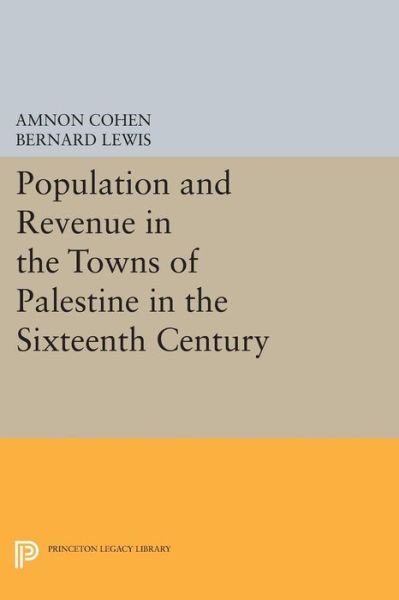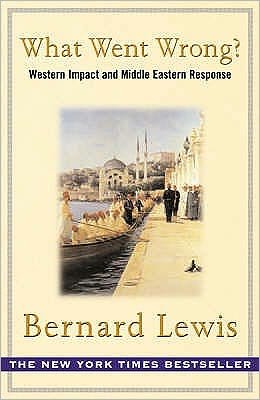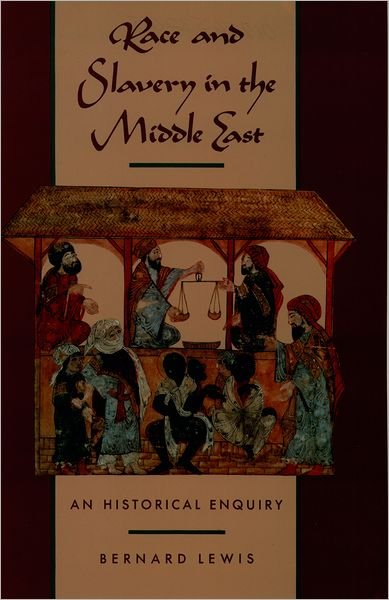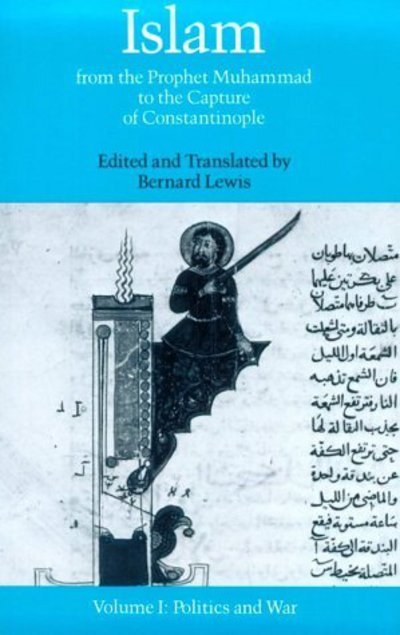
Tell your friends about this item:
Population and Revenue in the Towns of Palestine in the Sixteenth Century - Princeton Legacy Library
Bernard Lewis
Population and Revenue in the Towns of Palestine in the Sixteenth Century - Princeton Legacy Library
Bernard Lewis
Surveying the population and revenue of six Palestinian cities--Jerusalem, Hebron, Gaza, Ramie, Nabulus, and Safed--in the sixteenth-century, Amnon Cohen and Bernard Lewis consider the numbers, composition, and distribution of the Muslim, Christian, and Jewish population, and discuss the different headings of revenue, the manner of assessment and c
Marc Notes: Surveying the population and revenue of six Palestinian cities - Jerusalem, Hebron, Gaza, Ramie, Nabulus, and Safed - in the sixteenth-century, Amnon Cohen and Bernard Lewis consider the numbers, composition, and distribution of the Muslim, Christian, and Jewish population, and discuss the different headings of revenue, the manner of assessment and collection, the yield, and the destination of the money collected. This monograph traces these developments, in detail, over an extended period and for a significant area of the Ottoman Empire. Publisher Marketing: Surveying the population and revenue of six Palestinian cities--Jerusalem, Hebron, Gaza, Ramie, Nabulus, and Safed--in the sixteenth-century, Amnon Cohen and Bernard Lewis consider the numbers, composition, and distribution of the Muslim, Christian, and Jewish population, and discuss the different headings of revenue, the manner of assessment and collection, the yield, and the destination of the money collected. This monograph traces these developments, in detail, over an extended period and for a significant area of the Ottoman Empire. Based on the "Tapu" registers in Istanbul and Ankara, this book provides to the academic world a collection and analysis of documents previously unavailable and unreadable except to a very small number of people. Translations and annotations of these texts illuminate and explain the terms and institutions found in Ottoman surveys of population and taxation. Professors Cohen and Lewis establish the fact that in the cities of Palestine, population and revenue showed a rather spectacular parallel development towards the middle of the sixteenth-century when the disruptive conditions of the conquest had disappeared and Ottoman administration had been well established. Then, in the latter half of the century, they find a recession again. Originally published in 1978. The Princeton Legacy Library uses the latest print-on-demand technology to again make available previously out-of-print books from the distinguished backlist of Princeton University Press. These paperback editions preserve the original texts of these important books while presenting them in durable paperback editions. The goal of the Princeton Legacy Library is to vastly increase access to the rich scholarly heritage found in the thousands of books published by Princeton University Press since its founding in 1905.
Contributor Bio: Lewis, Bernard Bernard T. Lewis was a project engineer for NASA for 10 years and taught engineering management at George Washington University. Richard Payant is the director of facilities management and has 25 years' experience with the Army Corps of Engineers.
| Media | Books Paperback Book (Book with soft cover and glued back) |
| Released | March 8, 2015 |
| ISBN13 | 9780691602837 |
| Publishers | Princeton University Press |
| Genre | Cultural Region > Middle East |
| Pages | 230 |
| Dimensions | 152 × 235 × 12 mm · 312 g |
| Language | English |
More by Bernard Lewis
See all of Bernard Lewis ( e.g. Paperback Book , Hardcover Book , Book , MISC and MP3-CD )

 Christmas presents can be returned until 31 January
Christmas presents can be returned until 31 January













![Cover for Bernard Lewis · The Crisis of Islam: Holy War and Unholy Terror (Paperback Book) [Reprint edition] (2004)](https://imusic.b-cdn.net/images/item/original/852/9780812967852.jpg?bernard-lewis-2004-the-crisis-of-islam-holy-war-and-unholy-terror-paperback-book&class=scaled&v=1409704555)



![Cover for Bernard Lewis · What Went Wrong?: Western Impact and Middle Eastern Response (Hardcover Book) [First edition] (2002)](https://imusic.b-cdn.net/images/item/original/208/9780195144208.jpg?bernard-lewis-2002-what-went-wrong-western-impact-and-middle-eastern-response-hardcover-book&class=scaled&v=1461273201)
![Cover for Bernard Lewis · Islam in History: Ideas, People, and Events in the Middle East (Paperback Book) [Second edition] (2001)](https://imusic.b-cdn.net/images/item/original/182/9780812695182.jpg?bernard-lewis-2001-islam-in-history-ideas-people-and-events-in-the-middle-east-paperback-book&class=scaled&v=1540988347)

![Cover for Bernard Lewis · The Emergence of Modern Turkey - Studies in Middle Eastern History (Paperback Book) [3 Rev edition] (2001)](https://imusic.b-cdn.net/images/item/original/605/9780195134605.jpg?bernard-lewis-2001-the-emergence-of-modern-turkey-studies-in-middle-eastern-history-paperback-book&class=scaled&v=1566494567)
![Cover for Bernard Lewis · The Multiple Identities of the Middle East (Paperback Book) [1st edition] (2001)](https://imusic.b-cdn.net/images/item/original/184/9780805211184.jpg?bernard-lewis-2001-the-multiple-identities-of-the-middle-east-paperback-book&class=scaled&v=1409697585)
![Cover for Bernard Lewis · The Middle East: a Brief History of the Last 2,000 Years (Paperback Book) [Reprint edition] (1997)](https://imusic.b-cdn.net/images/item/original/807/9780684832807.jpg?bernard-lewis-1997-the-middle-east-a-brief-history-of-the-last-2-000-years-paperback-book&class=scaled&v=1408407082)
![Cover for Bernard Lewis · The Shaping of the Modern Middle East (Paperback Book) [New Ed of 2 Revised edition] (1994)](https://imusic.b-cdn.net/images/item/original/822/9780195072822.jpg?bernard-lewis-1994-the-shaping-of-the-modern-middle-east-paperback-book&class=scaled&v=1566494567)
![Cover for Bernard Lewis · Islam in History: Ideas, Men and Events in the Middle East (Paperback Book) [2 Revised edition] (1993)](https://imusic.b-cdn.net/images/item/original/174/9780812692174.jpg?bernard-lewis-1993-islam-in-history-ideas-men-and-events-in-the-middle-east-paperback-book&class=scaled&v=1409741236)



![Cover for Bernard Lewis · Aspects of Radar Signal Processing (Paperback Book) [Illustrated edition] (1986)](https://imusic.b-cdn.net/images/item/original/290/9781580531290.jpg?bernard-lewis-1986-aspects-of-radar-signal-processing-paperback-book&class=scaled&v=1409671069)
![Cover for Bernard Lewis · Istanbul and the Civilization of the Ottoman Empire (Paperback Book) [New edition] (1972)](https://imusic.b-cdn.net/images/item/original/608/9780806110608.jpg?bernard-lewis-1972-istanbul-and-the-civilization-of-the-ottoman-empire-paperback-book&class=scaled&v=1408388174)